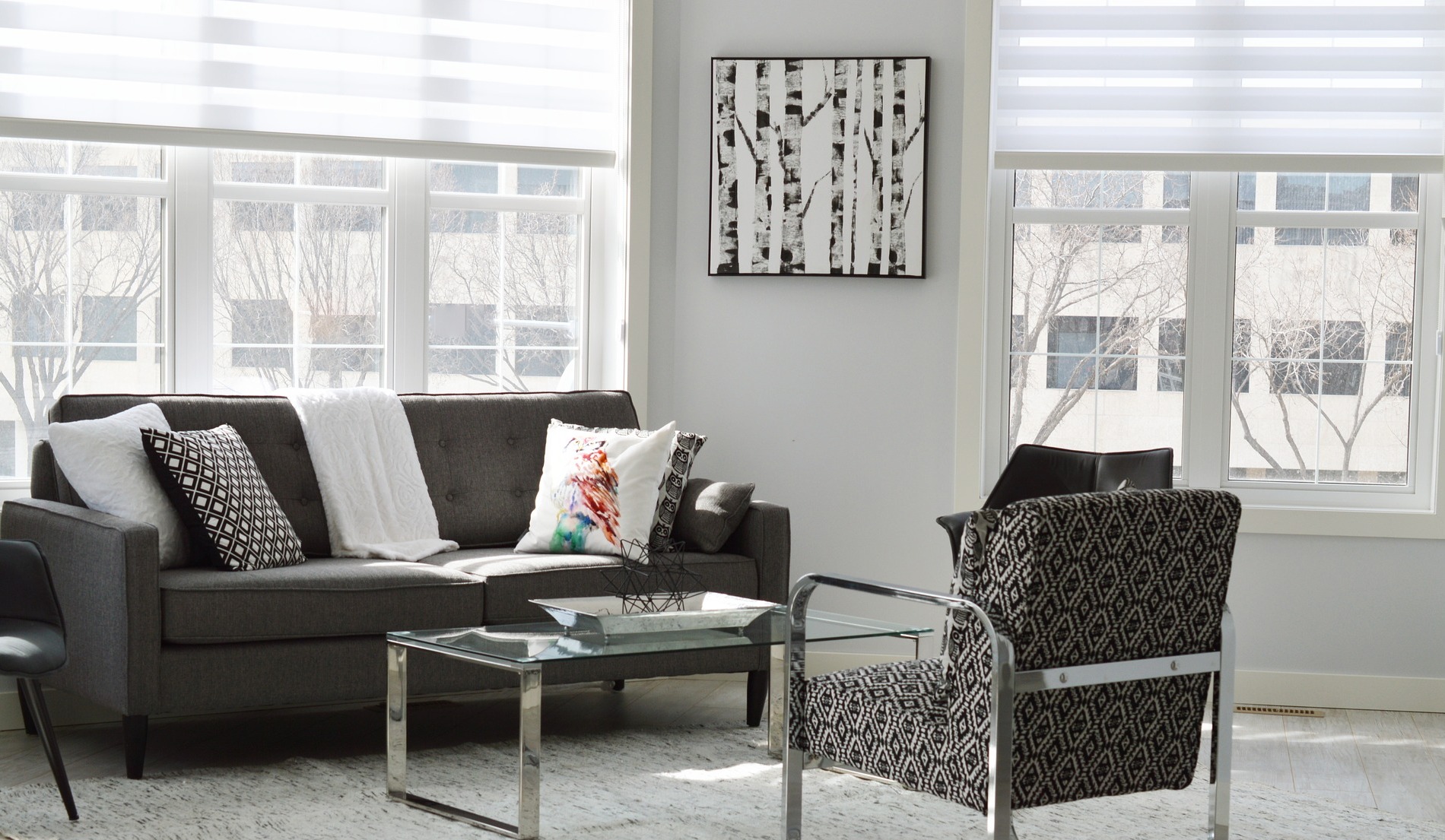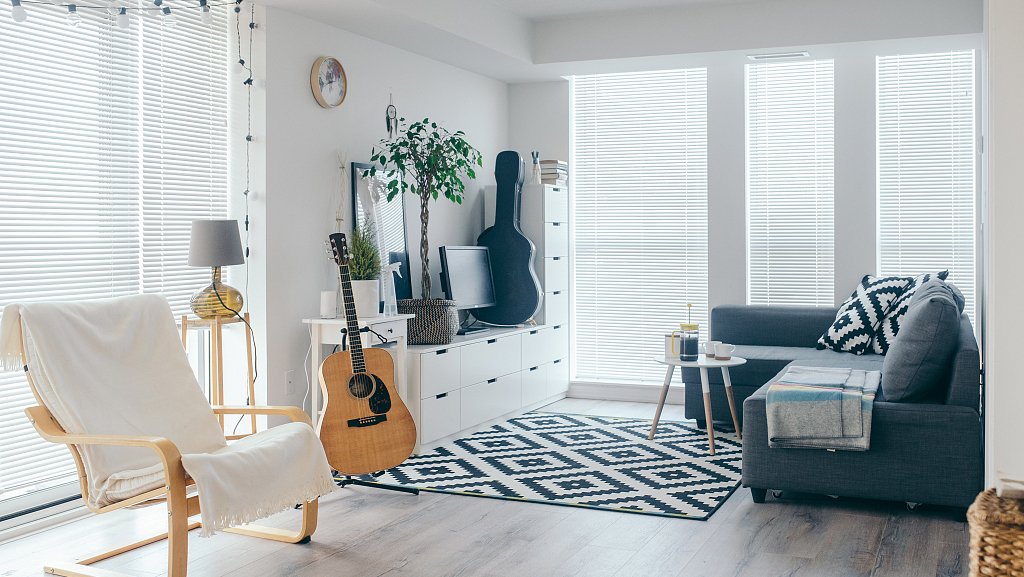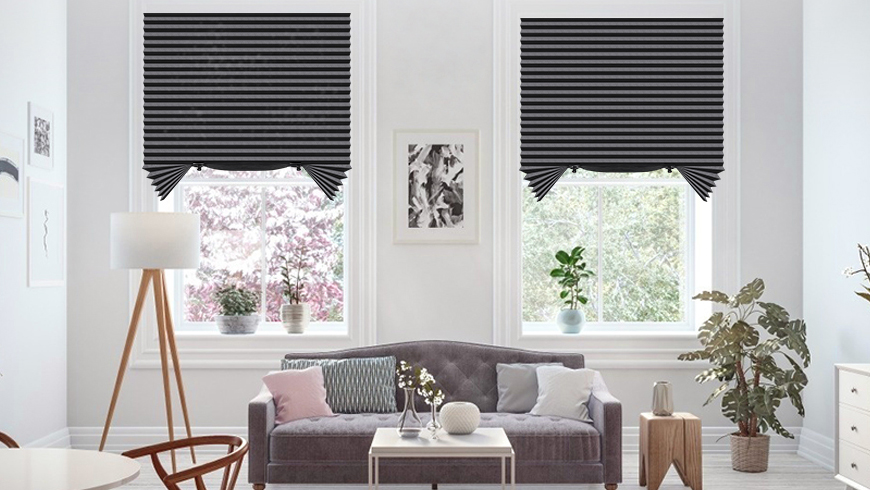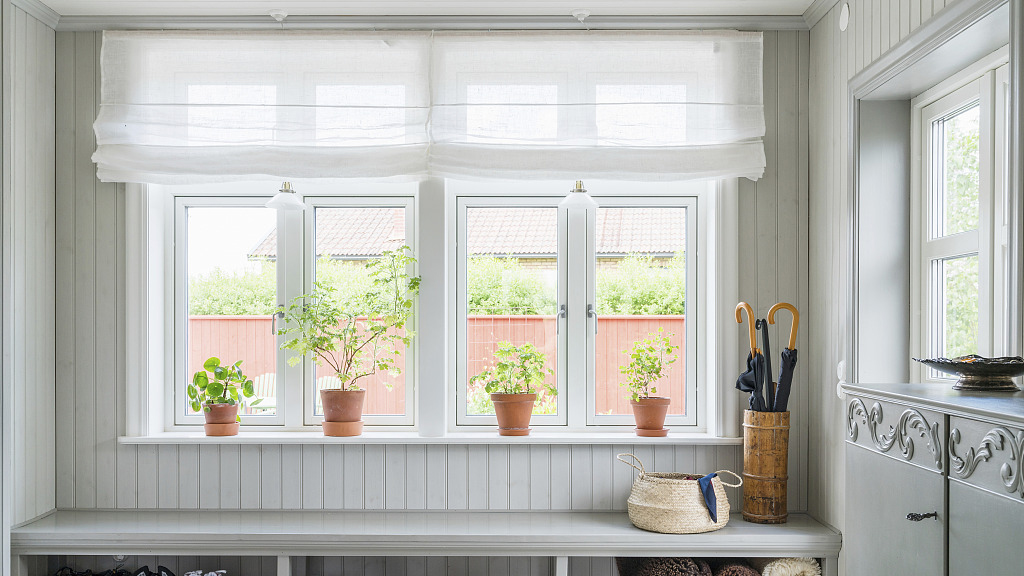How to Choose Roller Blinds
Mar 02,2022 | SEEYE
Once upon a time, there were only a few ways to cover your windows: curtains and blinds with really long cords. Today, consumers can choose from cordless blinds, wooden slatted blinds, valances, light-blocking curtains, blinds built inside of windows, and more. One of the best ways to maintain your family’s privacy and conserve energy at the same time is to get light-filtering window shades.
These are available in numerous styles to enhance the look of your windows and block sunlight. When people want a simple type of shade, they often select a roller style. Another option is a cellular style of window shades, which consist of thicker materials. There are other options as well, so it’s a good idea to learn all you can about the types of window shades before you choose the right one for you windows.

KEY CONSIDERATIONS
Cellular shades: Cellular shades are a relatively new trend in the window shade industry. They are constructed using cell pockets, and when viewed from the side, the pockets have a honeycomb shape. Besides the obvious aesthetic appeal (which some prefer over traditional blinds), cellular shades are also more energy efficient. They keep harmful ultraviolet rays out, block a little more noise than some other shades, and help darken a room.

Roller shades: A roller shade is made of fabric and a hollow tube. The fabric wraps around the tube when it’s rolled up, and when you pull it down to lower the shade, it locks into place. Roller shades are a timeless and affordable option to cover windows. They are easy to clean because of the lack of texture, and they can be made in almost any color to match a home’s interior.

Pleated shades: Don’t confuse pleated shades with cellular shades. Pleated shades look like honeycombs from the front and don’t provide insulation. Cellular shades look like honeycombs from the side and do provide insulation. Pleated shades provide some light filtering, but the amount of filtering is very little due to the thinness of the fabric.

Shade blinds: Shade blinds differ from traditional slatted blinds because there are no spaces between the slats. Rather, shade blinds are made completely from one piece of fabric. However, they do have cords built into them that allow you to raise and lower the shade blinds.

Control options
Top-down, bottom-up: This type of shade allows you to manipulate the shade from both ends. You can lower the shades from the top, or you can raise the shades from the bottom. Or, you can do both. This is the widest range of manipulation that shades have.
Cordless: Cordless shades are self-explanatory: they are cordless. Rather than using long cords to raise and lower the shades like a puppet master, there aren’t any cords at all. The shades are constructed without mile-long attached cords. Because cords can be a safety concerns for pets and children, some people are particularly interested in cordless shades.
Motorized: With the press of a button, shades can be raised or lowered when the controls are motorized. This may sound like an advantage, as you don’t need to fiddle with a cord whenever you want to raise or lower your window coverings. However, with motorized shades, there’s always the chance of a motor failure as well as the need for batteries.

Light control options
The nature of your window shade fabric affects how much light shines through it. You can choose from sheer, semi-sheer, semi-opaque, and opaque options.
- Sheer shades allow the maximum amount of light to enter the room.
- Semi-sheer shades have minor light-filtering properties. The amount of light entering the room would be a slightly less with this type of shade than it would be with a sheer shade.
- Semi-opaque shades are the opposite of semi-sheer shades. Rather than letting most of the light in and keeping some of it out, semi-opaque shades keep most of the light out and only let some of it in. They darken the room while allowing for a little bit of light to shine through.
- Opaque shades provide extreme light blockage in order to darken a room. Little to no light comes through an opaque shade.







